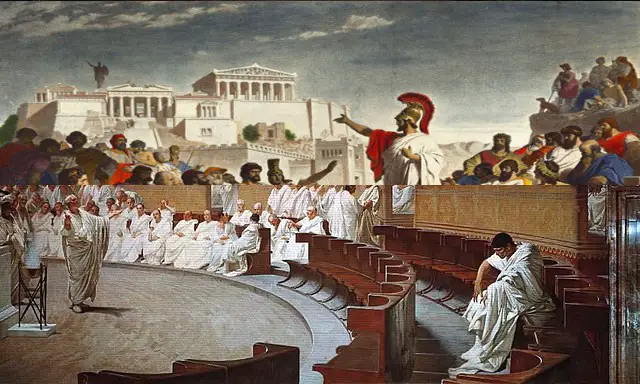
| Further Reading | The 10 Major Events That Led To The Fall Of The Roman Republic and The 4 Most Important City-States Of Classical Greece |
Over 2,000 years ago existed two civilizations that today continue to influence and inspire our own. The Roman Republic and the Athenian Democracy existed around the same time and remain two of the most unique governments that have ever existed. This article will go over the similarities and differences between the government structure of the Roman Republic and Athenian Democracy.
Generally speaking, there are 3 major similarities and differences between the Roman Republic and democratic Athens. Below is a simple summary.
3 similarities between Democratic Athens and the Roman Republic.
- Both the Roman Republic and Athens gave residents the right to vote
- The Roman and Athenian supreme commanders were elected for one-year terms
- Both the Roman Republic and Athenian Democracy used a secret ballot to vote
3 differences between Democratic Athens and The Roman Republic
- Political Oratory was significantly more important in the Roman Republic
- The Roman Republic had a larger voting population and was more complex
- In the Roman Republic, there was a two-party system while Ancient Athens had only one
Here at The History Ace, I strive to publish the best history articles on the internet. If at the end of this article you enjoyed it then consider subscribing to the free newsletter and sharing it around the web.
Without further ado here are the main differences and similarities between the Roman Republic and Athenian Democracy.
Similarities Between The Roman Republic and Athenian Democracy
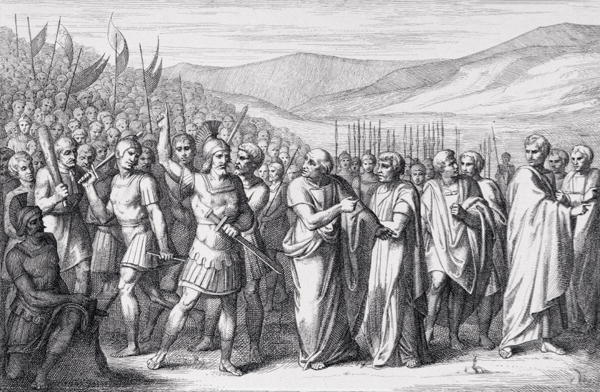
There are 3 large similarities between the Roman Republic and Athenian Democracy. Both of these civilizations existed around the same time and were built around similar philosophical principles.
The Athenian Democracy existed from the early 7th century BC up until Athens was conquered by the Macedonians in 322 BC. Athens remains a posterchild for democracies worldwide, but it was not a pure democracy. Only around 30% of the total population of Athens and Attica could have voted.
The Roman Republic existed from 509 BC up until the transition to the Roman Empire in 27 BC. The government of the Roman Republic revolved around representative voting where Romans would elect people to dictate their government for them.
Both of these governments existed alongside each other and may have borrowed ideas from each other. Historians are unsure just how many contacts the early Roman Republic and Democratic Athens had. This mainly comes down to the fact that not many sources survive from that time period.
In spite of this here are the 3 largest similarities between the Roman Republic and the democracy of Athens.
Both The Roman Republic And Democratic Athens Gave Residents The Right To Vote
In both the Roman Republic and Democratic Athens residents were given the right to vote.
These two governments were highly unique in the ancient/classical world due to this. Most governments were dictatorships that were under the control of either a party or an individual. Somehow in spite of this, the people of the Roman Republic and Athens manage to overthrow the kings/oligarchy that existed before them. Instead of another king rising to power over these people they put forth a form of either direct or indirect democracy.
In the Roman Republic, voting was given to every member of the populus Romanus or the people of Rome. The people of Rome would vote for representatives that would create legislation for them. On top of this, the Roman people had the ability to veto a proposed law or action. This was done by electing a Tribune of the Plebs who had the ability to overturn any legislation in the name of the people of Rome. Republican Rome was in theory an indirect democracy, however primary source evidence such as Cicero’s letters demonstrates that in practice the people of Rome held very little power themselves until the last part of the Roman Republic due to corruption.
Across the Mediterranean from Rome was Athenian Democracy which gave every adult male citizen the ability to directly vote in legislation. Laws, actions, and even immigration rights all could be voted on directly by the citizens of Athens. Many people believe that this means that Athens was a pure democracy and while this is partly true even democratic Athens was not a true democracy. Women, children, and slaves could not vote in the assemblies and even the agenda put before the assembly was curated by an oligarchical elite called the Boule. The Boule could determine what the assemblies voted on, effectively creating a bottleneck of proposals on agenda.
In both Democratic Athens and the Roman Republic, only adult men of citizen status were given the right to vote. Women, slaves, foreigners, and slaves were forbidden from voting.
The Supreme Commander Of The Athenian Democracy And The Roman Republic Were Elected For Only One Year
In both the Roman Republic and the democracy of Athens the ruler or supreme commander of the government was elected for only a one-year term. This is another highly unusual thing for classical/ancient governments to do.
In the Roman Republic, the people of Rome would elect a consul to rule over them. This consul would create the legislation process and guide the state during times of war. Further, the Roman Republic would always elect two consuls so that there was a check and balance system in place. Each consul would alternate holding power on a monthly basis. The Roman consuls in theory represented the will of the people and could be removed from power, however, this practice hardly happened.
In the democracy of Athens, the voting citizens of Athens would vote in 10 strategoi who in theory held absolute power over the military and government of Athens. These strategoi were equivalent to modern generals but with political power to enforce laws and ‘protect’ the government. Every year the strategoi were elected to serve a one-year term and at any point, they could be voted out of the office or even sentenced to death for poor performance.
As such another major similarity between the Roman Republic and Democratic Athens was that the supreme commander and leader of the government was elected to serve only a one-year sentence and could be removed if they acted against the will of the people.
Both The Roman Republic And Democratic Athens Used A Secret Ballot To Vote
In both the Roman Republic and the democracy of Athens small voting pools would use a secret ballot to vote. This was designed to protect the individual voter from repercussions from their peers for voting a certain way.
A secret ballot voting process is where people cast their vote in private without their name tied to it. The vote is counted and the voter remains anonymous so that they don’t face repercussions from their peers for their decision. Both Athens and the Roman Republic instituted this to protect the voting population from target violence and intimidation at the polls.
In the Roman Republic, the population exploded in the 2nd century BC. Because of this violence started to become widespread during the voting process. In 139 BC a law was introduced to the Roman Republic that created a secret ballot system for citizens to cast their vote. Here Romans would write down their decision on a clay wax tablet and then put that tablet into a box. This protected the citizen from backlash while also casting the vote.
The democracy of Athens has a similar method of secret ballot voting. For small government decisions such as immigration, a voting population of only 6,000 citizens was needed. Here each citizen was given two stones, a black one and a white one. Depending on what the individual citizen voted they would place one of the stones into a large clay jar. In the end, the jar was broken open and the stones counted. This prevented backlash against the individual by the majority.
Both the Roman Republic and the Democracy of Athens had a secret ballot voting process in place. This protected the individual voter while also allowing the voting process of the government to function. This remains one of the largest similarities between the democracy of Athens and the Roman Republic.
Differences Between Democratic Athens And The Roman Republic
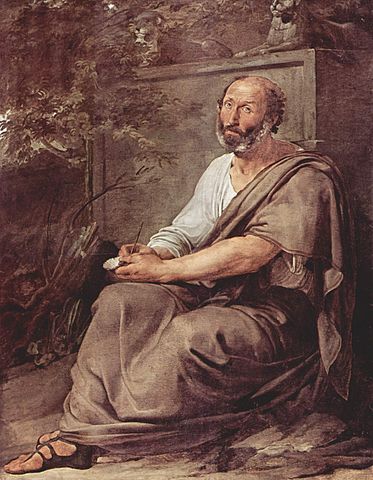
For all of the similarities between democratic Athens and the Roman Republic, there are easily four times the amount of differences. Both civilizations lived in widely different parts of the world and had different types of problems.
However, what follows are the 3 largest differences between the democracy of Athens and the Roman Republic.
Political Oratory Was Significantly More Important In Republican Rome
In both democratic Athens and Republican Rome, the ability to present a speech but the importance of the oratory skillset was significantly higher in Republican Rome.
If you stood before the ancient Athenian assembly of voters you would have to present your case on why a piece of legislation is important. However, since you were only presenting a piece of legislation and not having to run for a political seat oratory in Athens would have largely been distilled down to just presenting a pitch before the assembly.
However, in the Roman Republic, the power of oratory was the most important skill an upcoming politician would have to learn. This is because not only would you have to pitch a law to the voting population you would also have to constantly run for re-election against upcoming politicians. Political campaigning in the Roman Republic was brutal series of speeches given either for or against other political opponents.
If you were living in the Roman Republic you would hear politicians giving speeches on a near daily basis. Certain politicians would gain fame as amazing public speakers who could captivate a crowd and cause them to vote a certain way. Wealthy families would send their children away to learn to art of oratory from professional teachers.
One of the main differences between Republican Rome and the democracy of Athens is that the skillset of giving a good speech, oratory, played a significantly larger role in Rome. While public speeches did happen in Athens it was nowhere near the level of Republican Rome.
Republican Rome Had A Larger Voting Population And A More Complex Government
One of the main differences between Republican Rome and the democracy of Athens was that Republican Rome had a significantly larger voting population.
At its peak, democratic Athens had a male voting population of around 30,000-40,000 men. Republican Rome on the other hand had a voting population of around 300,000-500,000 depending on the source. Simply put, the voting population of Rome was incredibly large when in comparison to democratic Athens.
Because of this massive population, Republican Rome would develop a much more complex system of government. The foundation of power in the Roman Republic was the people of the city of Rome, the populus Romanus. This population would in turn elect representatives from among them to create and propose laws for voting. Two of the most important elected offices were the consul who ran the Roman government and the Tribunship which served as a check on the power of the consul.
Outside of this Republican government sat the Roman Senate. This group of elite Roman Families would propose laws, write legislation, and aid in ‘influencing’ the consul’s actions. In an ideal Rome, the Senate would only guide the state and serve as a model for the ideal Roman citizen. In practice, however, the Roman Senate would control nearly all political power in Rome outside of some rare occurances.
These two sections of power, the people and the Senate of Rome, would work together to guide the actions of the Roman Republic. On top of this, you had the Roman Religious system which acted as a third branch of government and could determine the meeting time of the Roman Senate and was in charge of large events. This three-part government system would eventually become extremely complex and start to fold in on itself in the late Roman Republic once the fourth branch of government emerged in Republican Rome; Roman Generals and their personal armies who were loyal to them instead of Rome.
Going over the whole governmental structure of Republican Rome would take books worth of text. It should suffice enough to say that Republican Rome became more complex over time and was significantly larger and more abstract than the government of democratic Athens.
The Roman Republic Had A Two Party System While Democratic Athens Had Only One
One of the largest differences between democratic Athens and Republican Rome is that Rome had a two-party system while Athens only had one.
In democratic Athens, there was only one ‘political party.’ This was the party of the people and was staffed and guided by representatives of the voting male population of classical/democratic Athens. While there was infighting among this political party there was never a schism and the party’s power basis was always in the voting population of democratic Athens; the people.
However, in Republican Rome, there were two parties; the optimates and the populares. The optimates translate from Latin to English to mean ‘the good men’ and come to represent the old senatorial families who held power in Rome for hundreds of years. The populares were politicians from upstart families and had to manipulate the power of the Roman people to vote in-laws and achieve higher office.
Politicians would early on start to form networks within one of these two political factions in Republican Rome. Upstart politicians from no-name families such as Cicero would have to use the voting power of the Roman people to secure a place for themselves in Republican society. Meanwhile, politicians from old senatorial families could serve in the military in prestigious positions to gain political power.
As such one of the main differences between Republican Rome and Democratic Athens was that in Rome there were two political parties while in Athens there was only one.
Conclusion
There you have it; an entire article going over the similarities and differences between Democratic Athens and Republican Rome.
Both of these civilizations are fascinating to research. While they each had their own way of doing things they share several similarities. Further, each of these civilizations remains two of the most influential ones in western history. Any potential graduate student of history will find substantial amounts of research possibilities in these two classical civilizations.
Here at The History Ace, I strive to publish the best history articles on the internet. If you enjoyed this article then consider subscribing to the free newsletter and sharing around the web.
Further, you can check out some of the other articles below.
-
How The American Revolution Changed The World

Here is how the American Revolution changed the world. Many people are not aware of just how important this event actually was.
-
Why The Roman People Loved Chariot Racing
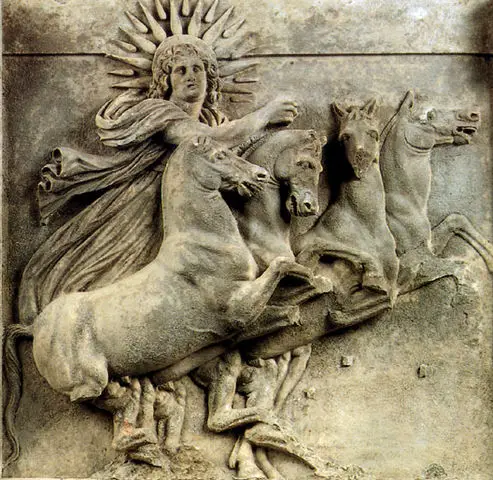
Why did the Roman people love chariot racing? Well it all comes down to these 3 reasons.
-
The Design and Color of Roman Chariots
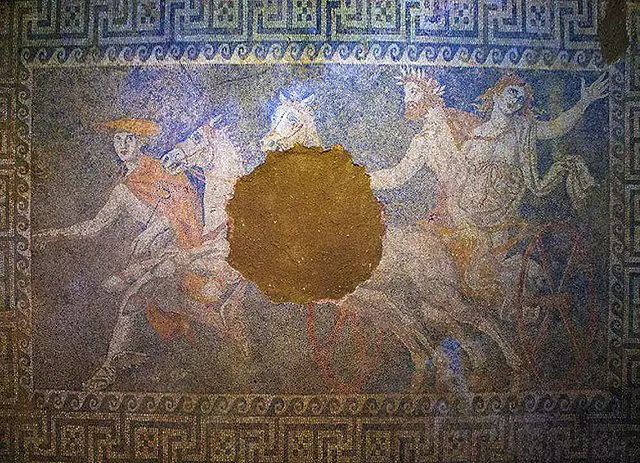
What was the design and color of Roman Chariots? Were they faster or slower then normal chariots? Well here is everything!